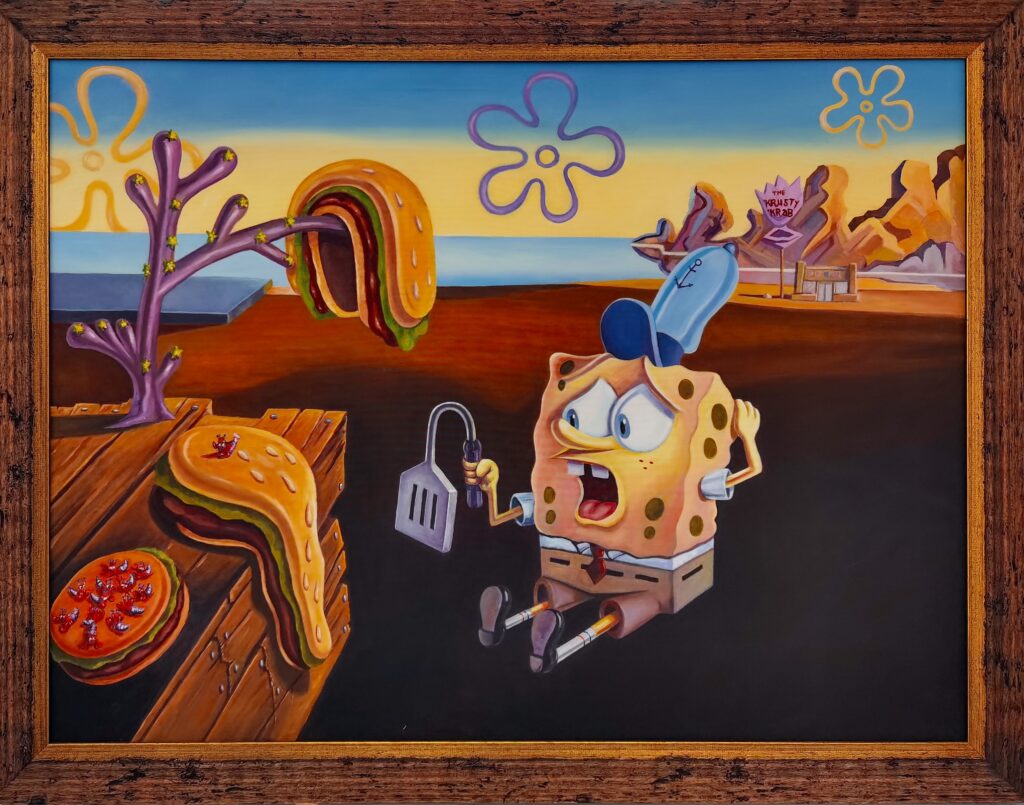Ten Years After the 2008 Crisis: The Downside of the 30-year Fixed-Rate Mortgage
To hear politicians, promoters of government mortgage guarantees, proponents of Fannie Mae and Freddie Mac, and typical American housing-finance commentators at all times loudly singing the praises of the 30-year fixed-rate mortgage, you would think it has no downside at all. But of course, like everything else, it does.
Glenn Hubbard, former chairman of the Council of Economic Advisers, wrote recently of the crisis: “Millions of homeowners who were current on their mortgage payments were unable to refinance to lower rates because they were underwater” — in other words, the price of their house had fallen below what they owed on the mortgage. But that is only half of the explanation; the other half is that these homeowners could not get a lower interest rate because they had a fixed-rate mortgage. Therefore, they were stuck with what had become a burdensome interest rate relative to the market.
In contrast, the interest rate on floating-rate mortgages automatically goes down, even if the falling price of the house has put the loan underwater. This automatically reduces the mortgage payments due, reduces the financial pressure on the borrowers, and improves their cash position. Mortgage borrowers in many countries benefited from this reality during the financial crisis, but not the unlucky Americans who had a 30-year fixed-rate mortgage combined with a sinking house price.
Floating-rate mortgages naturally do become more expensive if interest rates rise, but are less expensive when interest rates fall — as they did dramatically during the crisis. Conversely, our 30-year fixed-rate mortgages are fine if house prices inflate upward forever, but in a housing deflation with falling interest rates, they are terrible for the borrowers. As the housing bubble shriveled, they turned out not to be a “free lunch” of a continuous option to refinance, but a very expensive lunch for, as professor Hubbard says, “millions of homeowners.” The more highly leveraged the mortgages were, the more expensive it was.
There is no doubt that the prevalence of the 30-year fixed-rate mortgage made the American housing finance crisis worse. Few people understand this.






